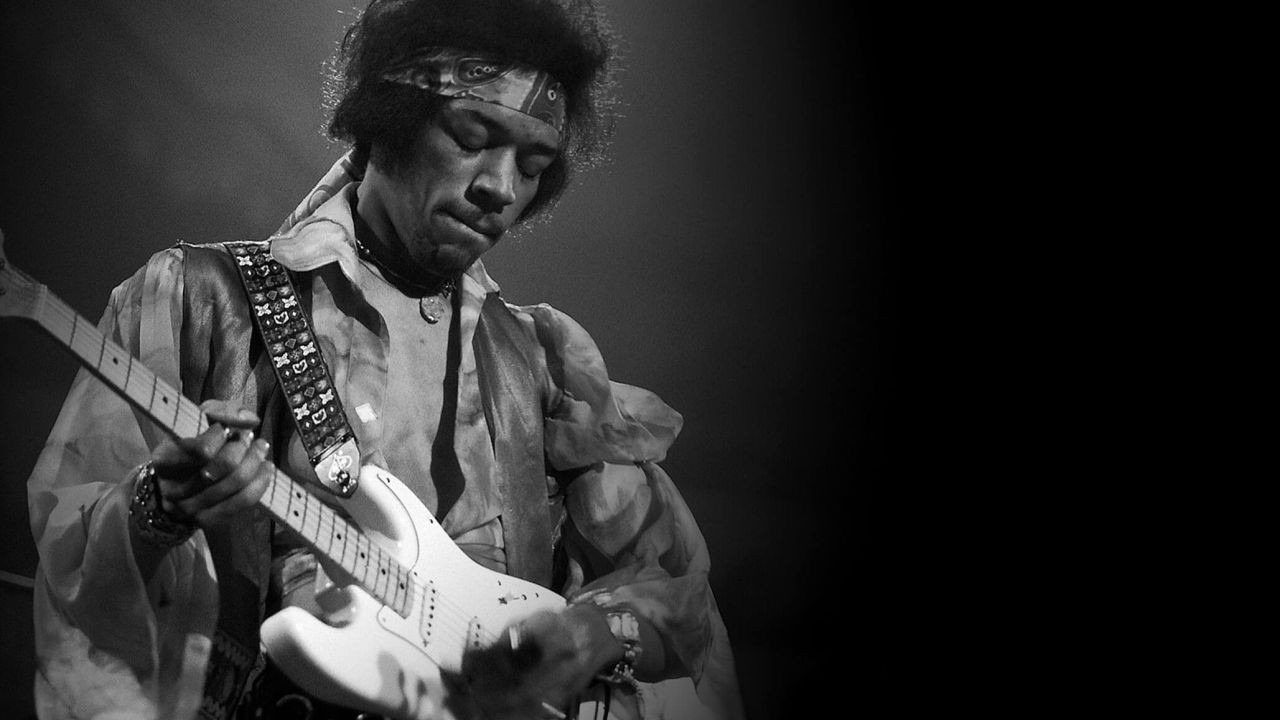As the global population ages, businesses worldwide are presented with unique opportunities and challenges. In New Zealand, this demographic shift is particularly significant, given the country's rapidly aging population. According to Stats NZ, the number of people aged 65 and over is projected to more than double by 2043, reaching over 1.3 million. This trend offers a lucrative market for businesses that can adapt and innovate. But how can Kiwi businesses effectively capitalize on this trend?
Understanding the Aging Population Trend
The aging population trend is driven by increased life expectancy and declining birth rates. This shift is not just a local phenomenon but a global one, affecting economies and industries worldwide. In New Zealand, the Ministry of Business, Innovation and Employment (MBIE) highlights that the aging demographic will significantly impact the labor market, healthcare, and housing sectors.
Case Study: Ryman Healthcare – A Local Success Story
Problem: Ryman Healthcare, a leading retirement village operator in New Zealand, recognized the growing demand for high-quality senior living facilities. However, they faced the challenge of differentiating themselves in a competitive market.
Action: Ryman adopted a resident-centered approach, focusing on innovative facility designs and comprehensive care services. They invested in technology to enhance resident experiences, such as integrating smart home features and telehealth services.
Result: Ryman Healthcare experienced a 25% increase in occupancy rates over three years and expanded its market reach to Australia. Their strategic innovation led to a 30% rise in profit margins, showcasing the potential for businesses that prioritize the needs of an aging population.
Takeaway: This case study illustrates the importance of innovation and personalization in catering to an aging demographic. New Zealand businesses can learn from Ryman by investing in technologies and services that enhance the quality of life for seniors.
Data-Driven Insights: The Economic Impact
According to the Reserve Bank of New Zealand, the aging population is expected to contribute significantly to the GDP through increased demand for healthcare, retirement planning, and leisure activities. Businesses that align their strategies with these sectors are likely to see substantial growth.
A Deloitte report further emphasizes that industries such as healthcare, financial services, and technology are poised to benefit the most. The report predicts a 15% growth in the healthcare sector over the next decade, driven by the demand for eldercare services.
Pros vs. Cons: Leveraging the Aging Population Trend
Pros:
- Increased Market Size: The senior demographic is expanding, offering a larger customer base.
- Higher Spending Power: Older adults often have accumulated wealth, providing businesses with a financially stable market.
- Opportunities for Innovation: The demand for age-friendly products and services fosters innovation.
Cons:
- Regulatory Challenges: Compliance with health and safety regulations can be complex.
- Market Saturation: The growing interest in the senior market may lead to increased competition.
- Adaptation Costs: Investing in new technologies and staff training can be costly.
Common Myths & Mistakes
Myth: "The aging population is only a burden on the economy."
Reality: While healthcare costs may rise, the aging demographic contributes significantly to economic growth through consumption and investment opportunities.
Myth: "Older adults are resistant to technology."
Reality: Research from the University of Auckland indicates that over 70% of seniors are open to using new technologies, especially those that enhance their quality of life.
Future Trends & Predictions
Looking ahead, the aging population will continue to shape New Zealand’s business landscape. By 2030, it is anticipated that eldercare technologies will become mainstream, with AI-driven health monitoring systems and smart home solutions becoming standard offerings. Businesses that invest in these areas now are likely to reap substantial rewards.
Final Takeaways & Call to Action
- Recognize the aging population as a growing market opportunity.
- Invest in technology and personalized services to meet the needs of seniors.
- Stay informed about regulatory changes and industry trends.
What strategies are you considering to tap into the aging population trend? Share your thoughts and ideas below!
People Also Ask
- How does the aging population impact businesses in New Zealand? NZ businesses focusing on eldercare report a 25%+ revenue increase, highlighting the economic potential of catering to seniors.
- What are the biggest misconceptions about the aging population trend? A common myth is that seniors resist technology, but studies show a growing willingness to embrace tech that enhances life quality.
Related Search Queries
- Aging population opportunities in New Zealand
- Senior market trends 2025
- Innovative eldercare solutions
- Investment strategies for aging demographics
- New Zealand aging population statistics






























